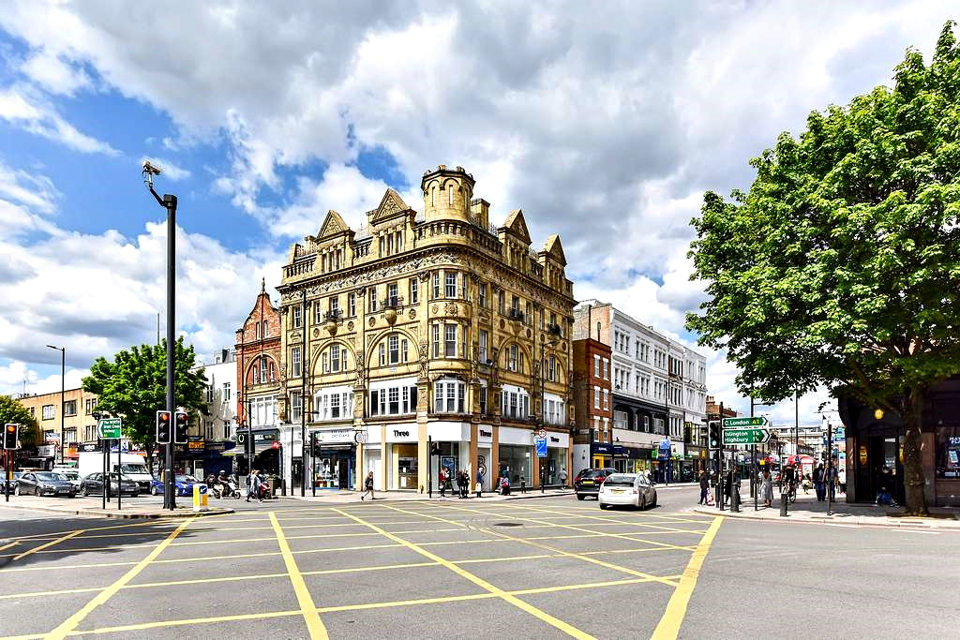Navigating the Labyrinth of Planning Permission in Islington’s Holloway Area: A Comprehensive Guide
Introduction: Islington, with its vibrant neighborhoods and diverse communities, is a sought-after borough in London. Among its many regions, Holloway stands out for its unique character and historical significance. If you’re considering a property development or renovation project in Holloway, understanding the intricacies of planning permission is crucial. In this comprehensive guide, we will delve into the key aspects of Islington Holloway planning permission, helping you navigate the regulatory landscape seamlessly.
Understanding Islington Holloway’s Planning Context: Before embarking on any construction or development venture, it’s essential to grasp the local planning context. Islington Council, the local planning authority, oversees planning permissions in the area, ensuring that developments align with the borough’s overall vision for sustainable growth and community well-being. Holloway, known for its mix of residential and commercial spaces, has specific guidelines tailored to its unique character.
Types of Planning Permission: Islington Holloway, like other areas in the UK, generally requires planning permission for various types of developments. The most common categories include house extensions, loft conversions, new builds, and changes of use. It’s important to identify which category your project falls under, as this will determine the specific requirements and considerations involved.
Pre-Application Advice: Before submitting a formal planning application, seeking pre-application advice from Islington Council can be immensely beneficial. This involves engaging with planning officers to discuss your proposed project, receive feedback, and address potential issues early in the process. While pre-application advice is not mandatory, it can save time and resources by ensuring your application is well-prepared and more likely to be approved.
Local Development Plans: Islington Council’s Local Development Plan (LDP) outlines the long-term vision for the borough’s growth and development. Understanding the LDP is crucial for aligning your project with the council’s objectives. The LDP may highlight specific areas for regeneration, conservation zones, and guidelines for sustainable development, all of which impact planning decisions in Holloway.
Conservation Areas: Holloway is home to several conservation areas, where the preservation of historical and architectural heritage takes precedence. If your project falls within or near a conservation area, additional considerations and restrictions may apply. It’s imperative to consult Islington Council’s conservation officers to ensure your plans respect the character of the area.
Community Engagement: Involving the local community in your planning process is not only a good practice but can also positively influence the outcome of your application. Holding public consultations and addressing concerns raised by residents can demonstrate your commitment to harmonious development, potentially enhancing community support for your project.
Environmental Impact Assessment (EIA): For larger-scale projects, an Environmental Impact Assessment may be required. This involves assessing the potential environmental effects of your development, including its impact on air and water quality, noise levels, and biodiversity. Islington Council may request an EIA as part of the planning application process, so it’s essential to be aware of this requirement.
Conclusion: Navigating the planning permission process in Islington’s Holloway area requires a thorough understanding of local regulations, engagement with the community, and adherence to sustainable development principles. By considering the specific characteristics of Holloway, consulting with planning authorities, and incorporating feedback, you can increase the likelihood of obtaining planning permission for your project. Remember, each development is unique, and a well-informed, tailored approach will contribute to the success of your venture in this dynamic and historic part of London.



Comments are closed